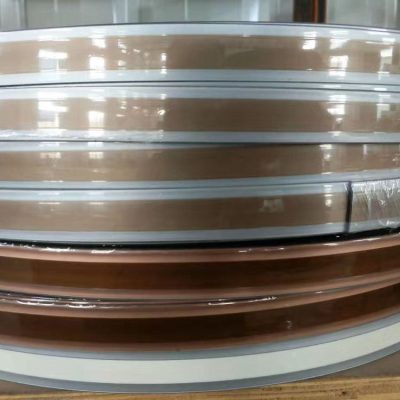In the world of international trade, the Harmonized System (HS) Code is crucial for identifying products and ensuring smooth customs procedures. If you’re dealing with acrylic edge banding, understanding the appropriate HS code can streamline your import and export processes. This guide will help you navigate the complexities of the HS code for acrylic edge banding, ensuring your business operations remain efficient and compliant.
What is HS Code?
The Harmonized System (HS) is an internationally standardized system of names and numbers for classifying traded products. Developed and maintained by the World Customs Organization (WCO), the HS code is used by customs authorities worldwide to identify goods and apply the appropriate tariffs and regulations. It consists of a 6-digit code that can be further extended by individual countries for more specific classification.
HS Code for Acrylic Edge Banding
Acrylic edge banding is used in the furniture and woodworking industries to cover the exposed edges of materials such as plywood, particle board, and MDF (medium-density fiberboard). The appropriate HS code for acrylic edge banding generally falls under Chapter 39 of the HS code system, which deals with plastics and articles thereof.
Specifically, the HS code for acrylic edge banding is:
3926.90.
- 39: Plastics and articles thereof
- 26: Other articles of plastics and articles of other materials of headings 3901 to 3914
- 90: Other
Importance of Using the Correct HS Code
Using the correct HS code for acrylic edge banding is essential for several reasons:
- Customs Clearance: Proper classification ensures your shipments clear customs quickly and efficiently, reducing delays and potential fines.
- Tariff and Tax Calculation: Accurate HS codes help determine the correct tariffs and taxes, ensuring compliance with international trade regulations.
- Trade Statistics: HS codes are used to compile trade statistics, helping businesses and governments analyze trade flows and make informed decisions.

How to Determine the Correct HS Code
While the HS code 3926.90 is generally applicable to acrylic edge banding, it’s important to verify this with the customs authorities in the importing country. Factors such as product specifications, material composition, and end-use can influence the exact classification. Here are some steps to determine the correct HS code:
- Consult with Customs Authorities: Reach out to the customs department in the importing country for confirmation on the HS code.
- Use Online Tools: Various online databases and tools can help you search for the appropriate HS code based on product descriptions.
- Seek Professional Advice: Trade consultants or customs brokers can provide expert guidance on HS code classification.
Conclusion
Understanding the HS code for acrylic edge banding is vital for smooth international trade operations. The HS code 3926.90 generally applies, but always verify with relevant authorities to ensure accuracy. Proper classification not only facilitates customs clearance but also helps in accurate tariff and tax calculations. By staying informed and compliant, you can optimize your trade processes and focus on growing your business.
For more information on HS codes and international trade, consider consulting with a customs expert or using reliable online resources to stay updated on the latest regulations and classifications.
By following these guidelines, you’ll ensure that your business remains efficient and compliant in the complex world of international trade.

